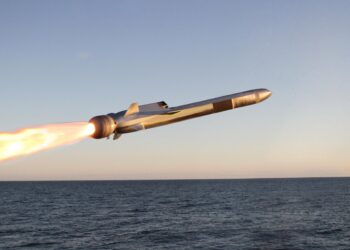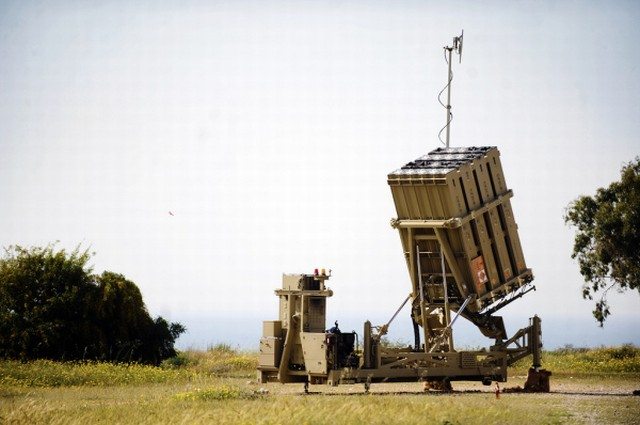The first Space Based Infrared System (SBIRS) geosynchronous (GEO-1) spacecraft, built by Lockheed Martin for the U.S. Air Force, was successfully launched today at 2:10 p.m. EDT from Cape Canaveral Air Force Station, Fla., aboard a United Launch Alliance Atlas V rocket.
SBIRS GEO-1 is the most technologically advanced military infrared satellite ever developed and will deliver vastly improved missile warning capabilities for the nation while simultaneously improving the Nation’s missile defense, technical intelligence and battlespace awareness mission areas.
“Today’s successful launch is a tribute to the hard work, dedication and unmatched expertise of the entire government and industry SBIRS team. I am proud of the women and men who have worked on this spacecraft, and am confident the nation will be proud of its performance on orbit,” said Brig Gen (select) Roger W. Teague, the U.S. Air Force’s Infrared Space Systems Directorate director. “SBIRS GEO-1 represents the dawn of a new era in overhead persistent infrared surveillance that will greatly improve our national security for years to come.”
The first Space Based Infrared System (SBIRS) geosynchronous (GEO-1) satellite was built at Lockheed Martin’s Sunnyvale, Calif., facility. Shown here, Lockheed Martin engineers prepare the cutting edge spacecraft for its shipment to Cape Canaveral Air Force Station, Fla., in advance for its May 7, 2011 launch.
SBIRS GEO-1 includes highly sophisticated scanning and staring sensors that will deliver improved infrared sensitivity and a reduction in area revisit times over the current constellation. The scanning sensor will provide a wide area surveillance of missile launches and natural phenomena across the earth, while the staring sensor will be used to observe smaller areas of interest with superior sensitivity. These dual independent sensors will enhance early warning of missile launches around the globe, support the nation’s ballistic missile defense system, greatly expand our technical intelligence gathering capability, and bolster situational awareness for warfighters on the battlefield.
“We understand the importance of the SBIRS mission and are proud to partner with the U.S. Air Force on this critical program,” said Jeff Smith, Lockheed Martin’s vice president and SBIRS program director. “Throughout the development of this first-of-its-kind satellite, our SBIRS team has demonstrated an unwavering commitment to operational excellence. As a result, we are confident SBIRS GEO-1 will deliver unprecedented, global, persistent, taskable infrared surveillance capabilities to the warfighter, nation and our allies for years to come.”
The SBIRS team is led by the Infrared Space Systems Directorate at the U.S. Air Force Space and Missile Systems Center. Lockheed Martin is the SBIRS prime contractor, with Northrop Grumman as the payload integrator. Air Force Space Command operates the SBIRS system.
“The launch of SBIRS GEO-1 heralds a new era for missile warning and other missions enabled by overhead persistent infrared sensors,” said Steve Toner, Northrop Grumman’s vice president of OPIR and Azusa Programs. “We can’t wait to turn it on. These sensors are highly capable, and we know that they will be of great value to our war fighters, our nation, and our allies.”
Lockheed Martin’s original SBIRS contract includes HEO payloads, two geosynchronous orbit (GEO) satellites, as well as ground-based assets to receive and process the infrared data. The team is also under a follow-on production contract to deliver additional HEO payloads and the third and fourth GEO satellites, and associated ground modifications.
Headquartered in Bethesda, Md., Lockheed Martin is a global security company that employs about 126,000 people worldwide and is principally engaged in the research, design, development, manufacture, integration and sustainment of advanced technology systems, products and services. The Corporation’s 2010 sales from continuing operations were $45.8 billion.











